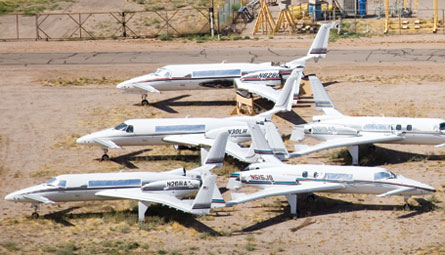It claimed a whole collection of "firsts" in business aviation - first all-composite aircraft, first glass cockpit, first certificated tandem-wing, including variable-geometry canards, with pusher-propellers.
However, the Beechcraft Starship cannot be claimed as a true commercial success. Developed to replace thousands of King Air conventional turboprops, only 53 copies of the Starship were built and only a handful of those were sold.
By partnering with Scaled Composites founder and aerospace engineer Burt Rutan, Beechcraft assured that it would break the mould set by its more conventional competitors.
However, with a $5 million price tag, customers in the depth of a recession when the Starship arrived in 1989 preferred the higher speeds offered by comparatively priced midsize jets.
By the time business aircraft sales recovered in the mid-1990s, Raytheon had already decided its $300 million investment to certificate the Starship was not worth giving it another push.
In an ironic twist, the Starship's demise in production came slightly before the technologies it pioneered gained wide acceptance - in particular, its lightweight, composite structure. The Starship's real failure may have been arriving a decade too early.
 |
|---|
©AirTeam Images |
Source: Flight International























